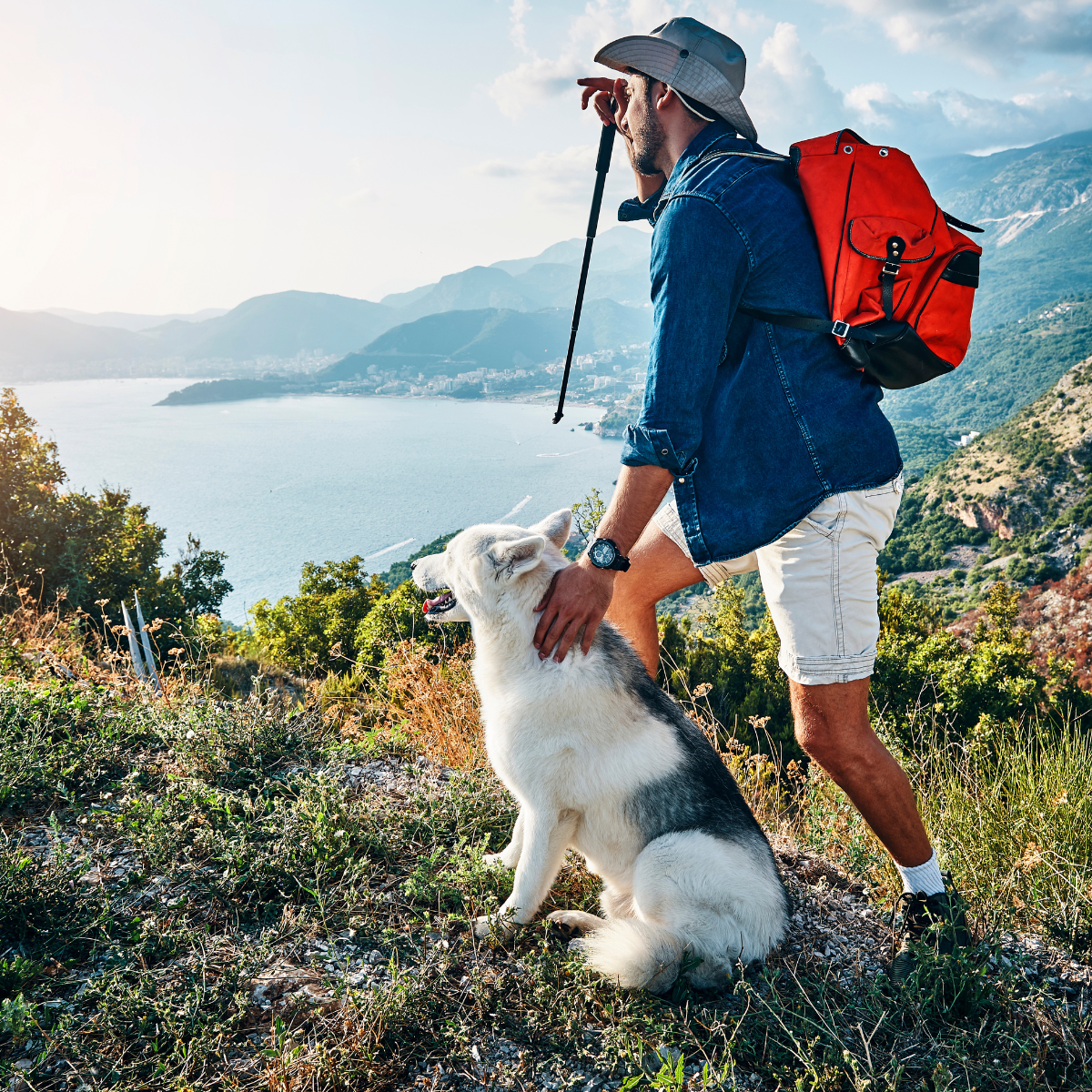The Ultimate Guide to Hiking for Beginners
Embarking on your first hiking adventure can be both exhilarating and intimidating. To help you start on the right foot, we have compiled a comprehensive guide that covers everything you need to know about hiking for beginners. From essential gear to trail etiquette, our guide ensures you are well-prepared for the great outdoors.
Why Hiking is the Perfect Outdoor Activity
Hiking offers numerous benefits for both body and mind. It improves cardiovascular health, strengthens muscles, and reduces stress levels. Additionally, hiking allows you to connect with nature, providing a refreshing escape from the hustle and bustle of daily life.
Essential Hiking Gear for Beginners
Having the right gear is crucial for a safe and enjoyable hiking experience. Below is a list of essential items you should consider.
1. Footwear
Invest in a pair of sturdy hiking boots or shoes. Proper footwear provides support, traction, and protection against uneven terrain. Ensure they are well-fitted to prevent blisters and discomfort.
2. Clothing
Dress in layers to adapt to changing weather conditions. Opt for moisture-wicking materials to stay dry and comfortable. A waterproof jacket is essential in case of rain.
3. Backpack
Choose a lightweight, durable backpack with enough space to carry your essentials. Look for one with adjustable straps and a padded back for comfort.
4. Navigation Tools
Carry a map, compass, or GPS device to navigate the trails. Familiarize yourself with the route before setting out to avoid getting lost.
5. Hydration
Bring plenty of water to stay hydrated. A hydration bladder or water bottles are both good options. Remember to drink regularly, even if you don’t feel thirsty.
6. Nutrition
Pack high-energy snacks like nuts, dried fruits, and energy bars. These will keep your energy levels up during the hike.
7. Safety Equipment
Include a first aid kit, multi-tool, whistle, and flashlight in your pack. These items can be lifesavers in case of emergencies.
8. Sun Protection
Wear sunscreen, sunglasses, and a hat to protect yourself from the sun’s harmful rays.
Choosing the Right Trail
Selecting a suitable trail is essential for beginners. Consider the following factors:
1. Trail Difficulty
Start with easy to moderate trails. Check the trail's length, elevation gain, and terrain to ensure it matches your fitness level.
2. Trail Conditions
Research the trail conditions before heading out. Look for recent updates on weather, trail closures, or any hazards.
3. Trail Amenities
Some trails offer amenities like restrooms, picnic areas, and water sources. These can make your hiking experience more comfortable.
4. Trail Reviews
Read reviews from other hikers to gain insights into what to expect. Websites and apps like AllTrails provide detailed information and user ratings.
Planning Your Hike
Proper planning can make your hike more enjoyable and safe. Here’s a checklist to help you prepare:
1. Check the Weather
Monitor the weather forecast leading up to your hike. Be prepared for sudden changes and pack accordingly.
2. Inform Someone
Always let someone know your hiking plans, including your expected return time. This is crucial in case of emergencies.
3. Start Early
Begin your hike early in the day to avoid peak temperatures and allow ample time to complete the trail before dark.
4. Know Your Limits
Hike at a pace that is comfortable for you. Take breaks as needed and listen to your body.
5. Leave No Trace
Follow the principles of Leave No Trace to minimize your impact on the environment. Pack out all trash and respect wildlife.
Trail Etiquette
Practicing good trail etiquette ensures a pleasant experience for everyone. Keep these guidelines in mind:
1. Yielding
Yield to uphill hikers and give way to faster hikers. If you encounter horses, step off the trail and allow them to pass.
2. Stay on the Trail
Stick to marked trails to protect vegetation and prevent erosion. Avoid taking shortcuts.
3. Quiet Respect
Keep noise levels down to preserve the tranquility of nature. Avoid playing loud music or making excessive noise.
4. Respect Wildlife
Observe animals from a distance. Do not feed or approach them.
Common Hiking Challenges and How to Overcome Them
1. Blisters
Prevent blisters by wearing well-fitted shoes and moisture-wicking socks. Apply blister prevention tape to hotspots.
2. Dehydration
Stay hydrated by drinking water regularly. Pay attention to signs of dehydration such as dizziness and dark urine.
3. Fatigue
Combat fatigue by taking regular breaks and consuming high-energy snacks. Ensure you get a good night’s sleep before your hike.
4. Getting Lost
Avoid getting lost by carrying navigation tools and staying on marked trails. If you do get lost, stay calm and retrace your steps if possible.
Start shopping with Grisport today
By following this guide, you’ll be well-equipped to tackle your first hike with confidence. Remember, the key to a successful hiking experience is preparation and respect for nature. Happy hiking!

